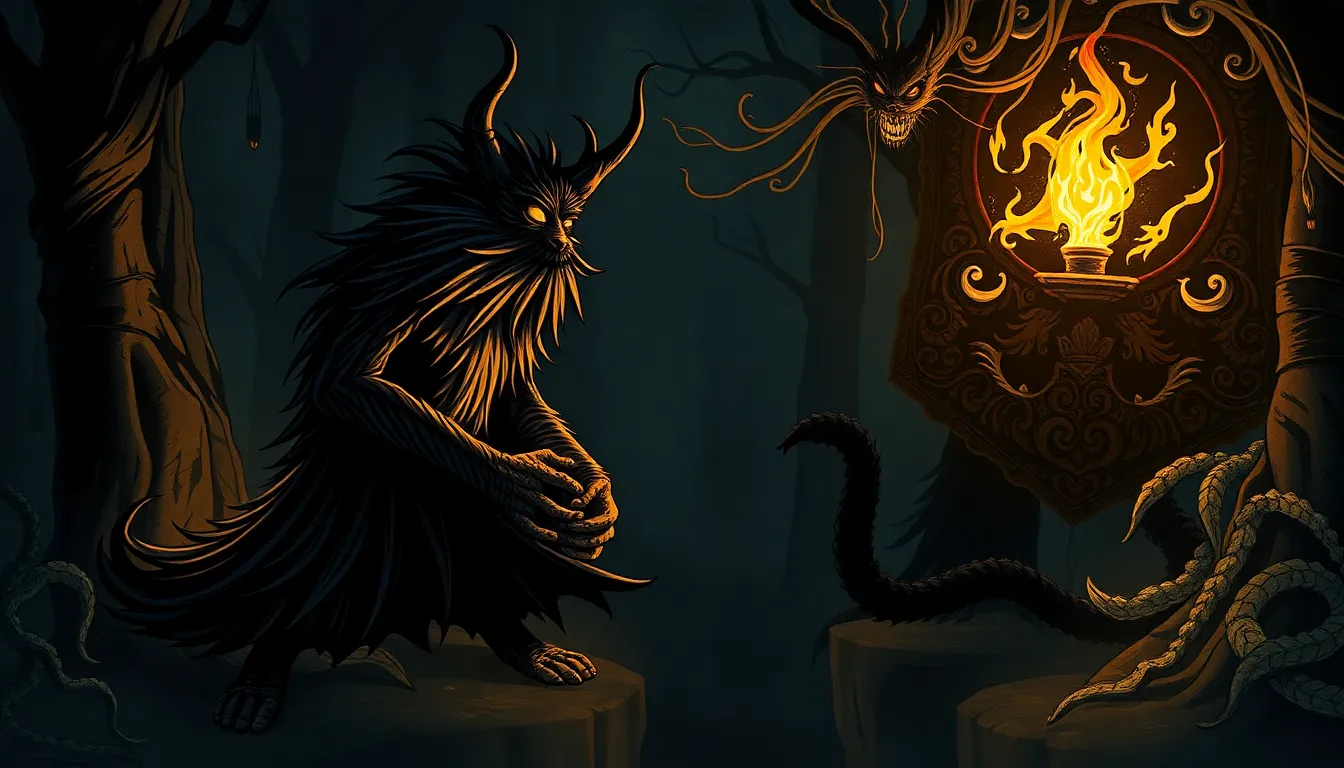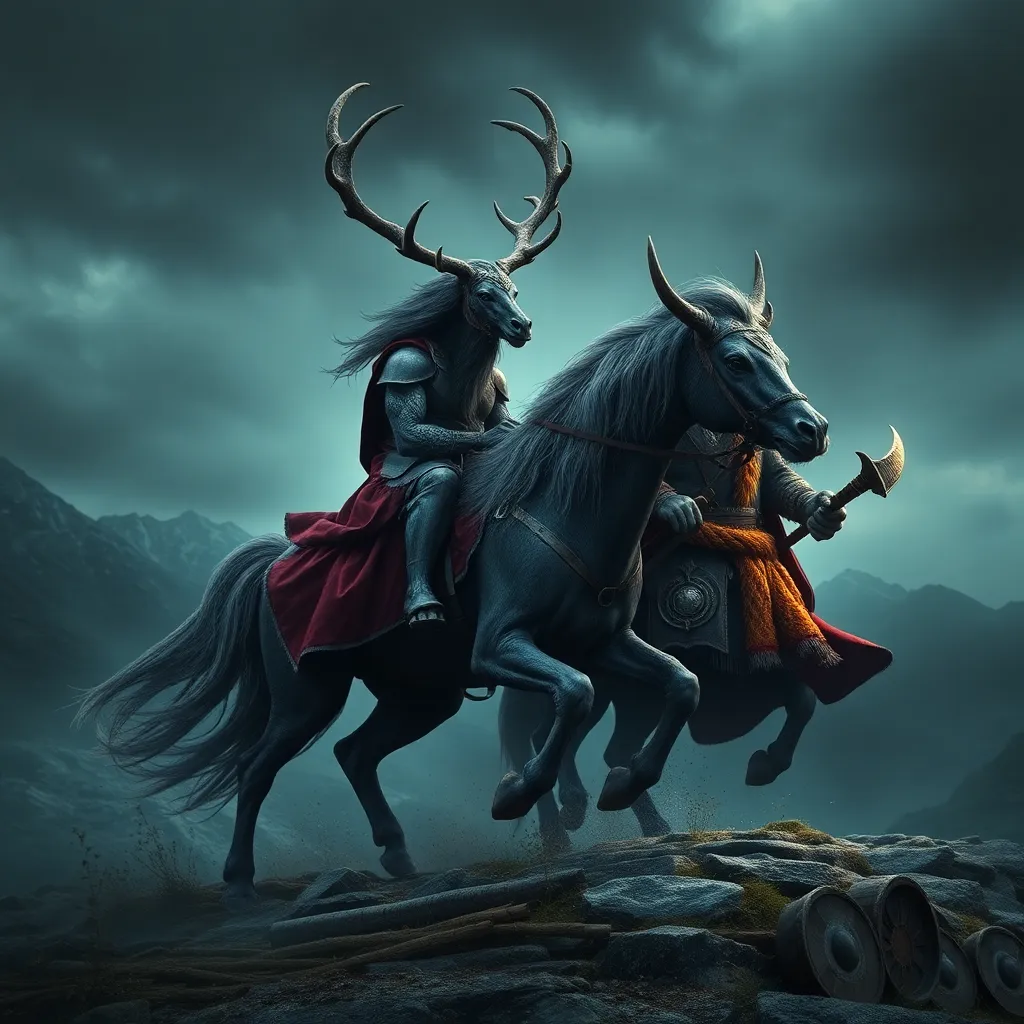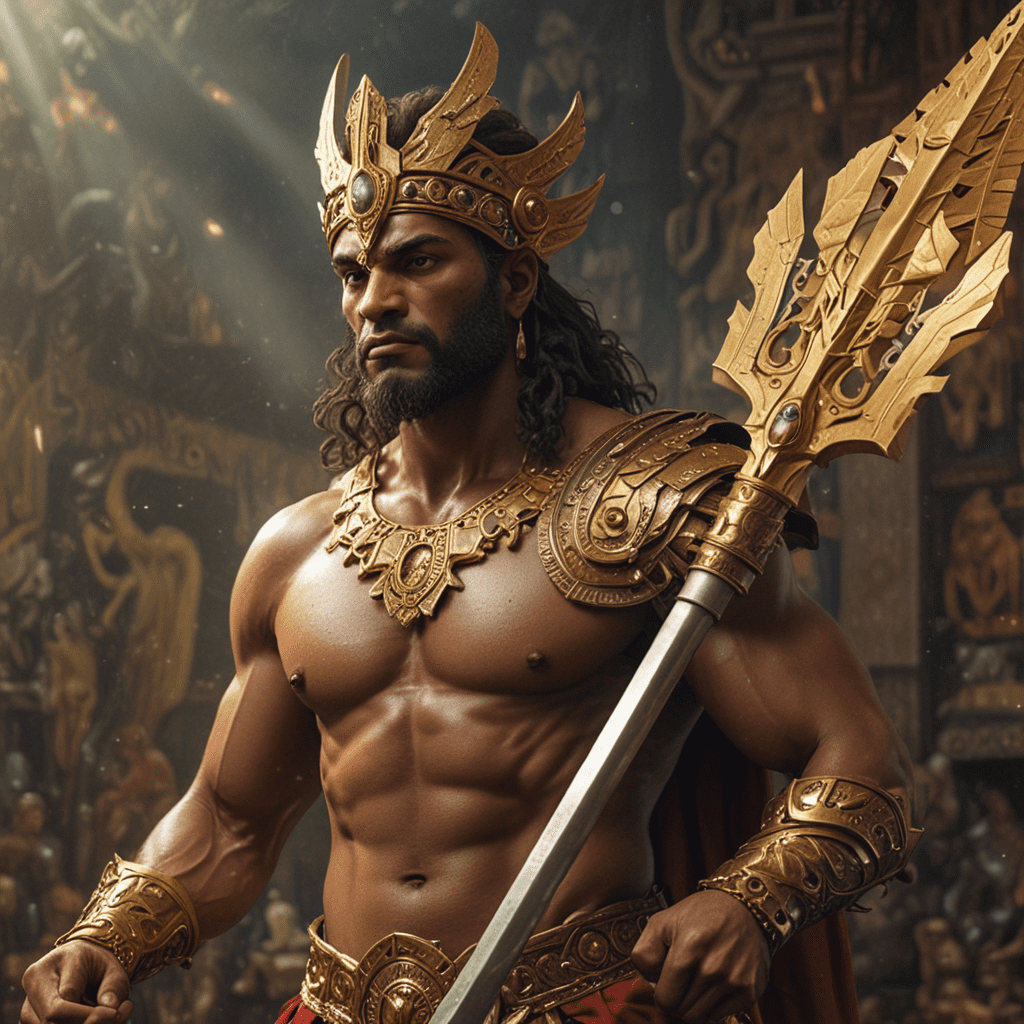The Crafty Trickster: Ingenious Tales of Wit and Wisdom
1. Introduction to Trickster Archetypes
The trickster archetype is a compelling figure found in folklore and literature across cultures. Defined by their cunning nature and mischievous behavior, tricksters often employ cleverness and deceit to navigate challenges and outsmart others. They embody a paradox of wisdom and folly, demonstrating how wit can be a powerful tool for survival and understanding.
Trickster tales not only entertain but also impart valuable lessons. They highlight the importance of wit and wisdom in overcoming adversity, often revealing deeper truths about human nature and society.
2. Historical Context of Trickster Tales
Trickster stories have origins that span the globe, appearing in various cultures from Africa to the Americas, Europe to Asia. These narratives often arose from oral traditions, passed down through generations, where each culture infused its unique values and beliefs into the tales.
The role of oral tradition in shaping these narratives cannot be understated. As stories evolved, they adapted to the social and political climates of the times, reflecting the collective experiences and wisdom of a community.
3. Common Traits of the Trickster Character
Crafty tricksters share several defining characteristics:
- Wit and intelligence
- Playfulness and humor
- Resourcefulness and adaptability
- Defiance of authority
- Duality of persona, embodying both hero and villain qualities
Examples of tricksters include:
- Anansi: A spider from West African folklore known for his cleverness.
- Loki: A complex character from Norse mythology, known for his mischief and shape-shifting abilities.
- Coyote: A central figure in Native American lore, often portrayed as a wise fool who uses trickery to achieve his ends.
4. Trickster Tales in Mythology and Folklore
Throughout mythology, notable trickster figures have emerged, each with their own unique tales. These stories often serve as moral lessons, offering insights into human behavior and societal norms.
Key stories include:
- The Tale of Anansi and the Sky God: This story illustrates the theme of cleverness triumphing over brute strength.
- Loki’s Role in the Death of Balder: Loki’s trickery leads to profound consequences, showcasing the darker side of deceit.
- Coyote and the Creation of the World: Coyote’s antics reveal important truths about existence and the balance of nature.
These narratives often emphasize the moral complexity of actions and the unpredictable nature of life.
5. The Role of Humor in Trickster Narratives
Humor plays a crucial role in the appeal of trickster tales. It serves to engage the audience while also delivering poignant messages. The laughter evoked by the trickster’s antics can disarm listeners, making them more receptive to the underlying wisdom.
Moreover, the balance between comedy and moral lessons is essential in trickster narratives. While tricksters may engage in outrageous behavior, the ultimate outcomes often reflect deeper truths about morality, ethics, and the human condition.
6. Tricksters as Social Commentators
Tricksters often serve as social commentators, challenging societal norms and power structures. Through their cunning and deceit, they expose the flaws of authority figures and the absurdities of societal conventions.
Case studies include:
- Anansi’s Tales: Anansi often outsmarts those in power, reflecting the struggles of the oppressed.
- Loki’s Disruptions: Loki’s actions often critique the rigid structures of Norse society.
- Coyote’s Wisdom: Coyote’s stories often highlight the importance of living in harmony with nature, questioning human arrogance.
7. Modern Representations of Trickster Figures
In contemporary literature and media, trickster characters continue to thrive. They are often reimagined in various forms, from movies and television shows to novels and comic books.
Modern representations include:
- Deadpool: A comic book anti-hero known for his irreverent humor and unconventional morality.
- Jack Sparrow: The charming and cunning pirate from the “Pirates of the Caribbean” franchise.
- Raven: A trickster figure in various Native American stories, often depicted in modern adaptations.
These characters reflect the enduring nature of the trickster archetype, adapting to contemporary issues while retaining core traits of wit and cunning.
8. The Wisdom Behind the Tricks
At the heart of many trickster tales lies profound wisdom. These stories encourage critical thinking and adaptability, teaching audiences to navigate complex situations with ingenuity.
Trickster tales often reveal:
- The unpredictability of life and the importance of flexibility.
- The value of questioning authority and societal norms.
- The significance of humor in coping with adversity.
9. The Psychological Appeal of the Trickster
Trickster figures resonate with audiences for various psychological reasons. Their cunning nature and humorous antics appeal to our desire for cleverness and the thrill of bending rules.
Key psychological functions include:
- Humor as a coping mechanism, providing relief from life’s challenges.
- Identification with the trickster’s struggle against authority, fostering a sense of empowerment.
- The joy of subverting expectations and embracing the unpredictable.
10. Conclusion: The Enduring Legacy of the Crafty Trickster
The legacy of the crafty trickster endures in today’s world, reminding us of the power of wit and wisdom in overcoming challenges. As we navigate modern complexities, the lessons from trickster tales remain relevant, offering guidance on adaptability, critical thinking, and the importance of questioning the status quo.
In a rapidly changing society, the potential for trickster wisdom to illuminate our paths is greater than ever. Embracing the spirit of the trickster may provide the insight we need to tackle contemporary challenges with creativity and resilience.




